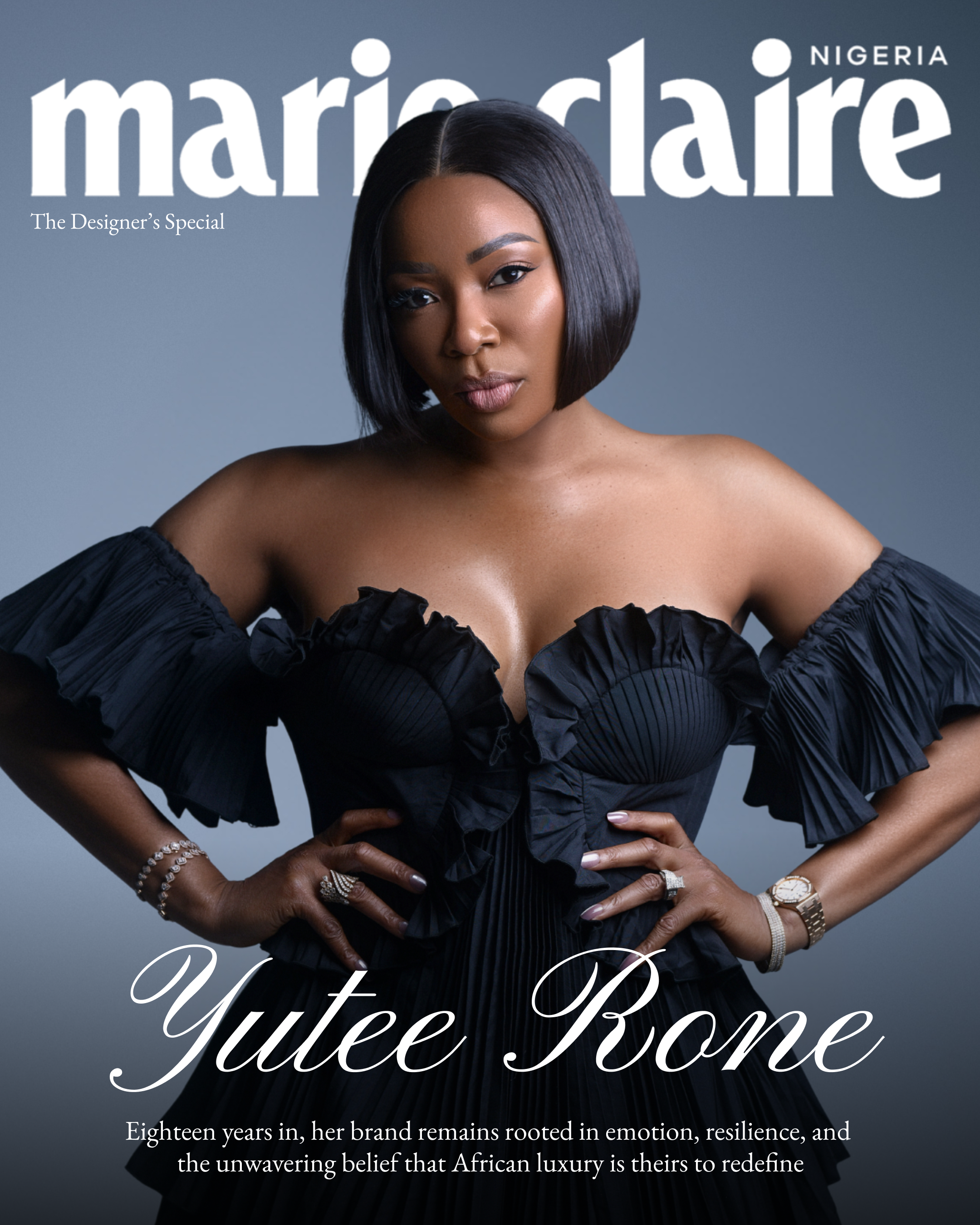For our discussion today, let’s play a little game, shall we? Imagine your go-to outfit on a regular day. What does it look like? Tailored pants? Lots of accessories? Layering? For me, on a regular day, I’d be wearing a big tee and a pair of shorts but if I had to go out I’d most probably dorn a short dress that covers my cleavage but shows off my legs.
Now, back to that game, what did your outfit look like? Would you consider yourself modest? If there were no “consequences”, would anything change about how you dress? I consider myself modest to an extent. I’d also say religion and society are the biggest influences on my outfit choices because I’ve had some -unpleasant encounters. I would probably wear a big T-shirt everywhere if there were no ramifications.
In this article, we’ll explore the complexities surrounding modest dressing, its origin and where it stands regarding women’s autonomy.
Modest dressing is subjective
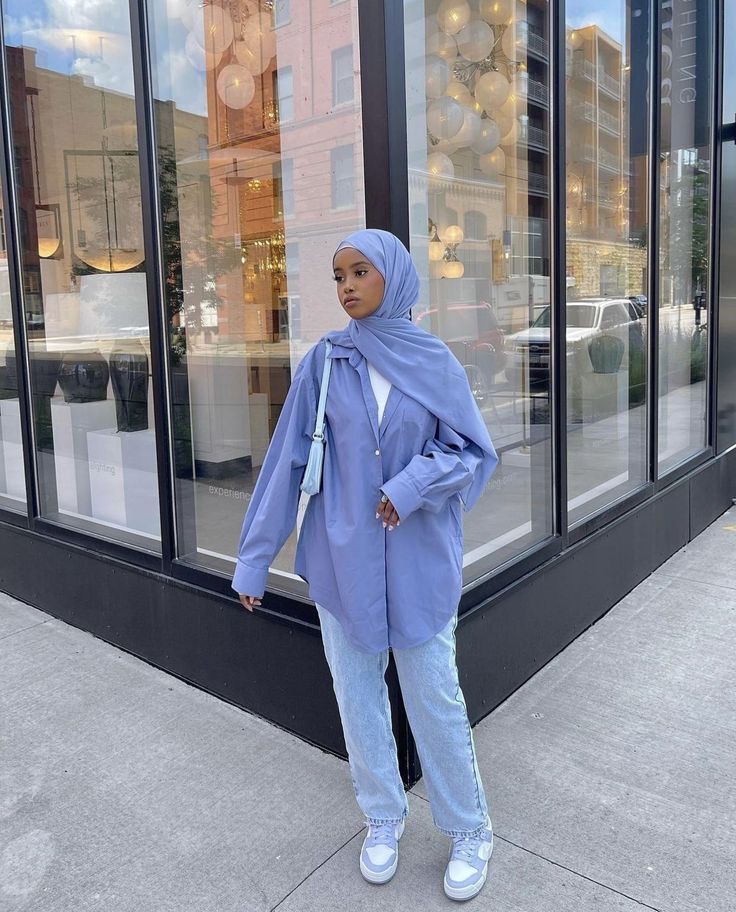
Believe it or not, finding a universal definition for modest dressing proved difficult. While some definitions focused on a head-to-toe covering of the body, some made additions about using less makeup, and one particular definition excluded makeup altogether.
For the sake of this conversation, we’ll use Fashion Arm Sleeves’ definition, “dressing modestly means dressing in a way that does not show or accentuate our bodies.” Simply put, no one should be able to tell your body type from your clothing. So we’re talking loose-fitting clothes, layers, non-existent cleavage, longer hemlines and sometimes, head covers.
However, one vital thing to note is that out of all the definitions I found, nine out of ten of the images were of women., It is safe to say that when the subject is modest dressing, the main subjects of the conversation are often women — how we dress, what parts of our bodies are considered “inappropriate” to put on display, and how we are perceived when certain parts of our bodies are accentuated.
Who decides what modest dressing is?
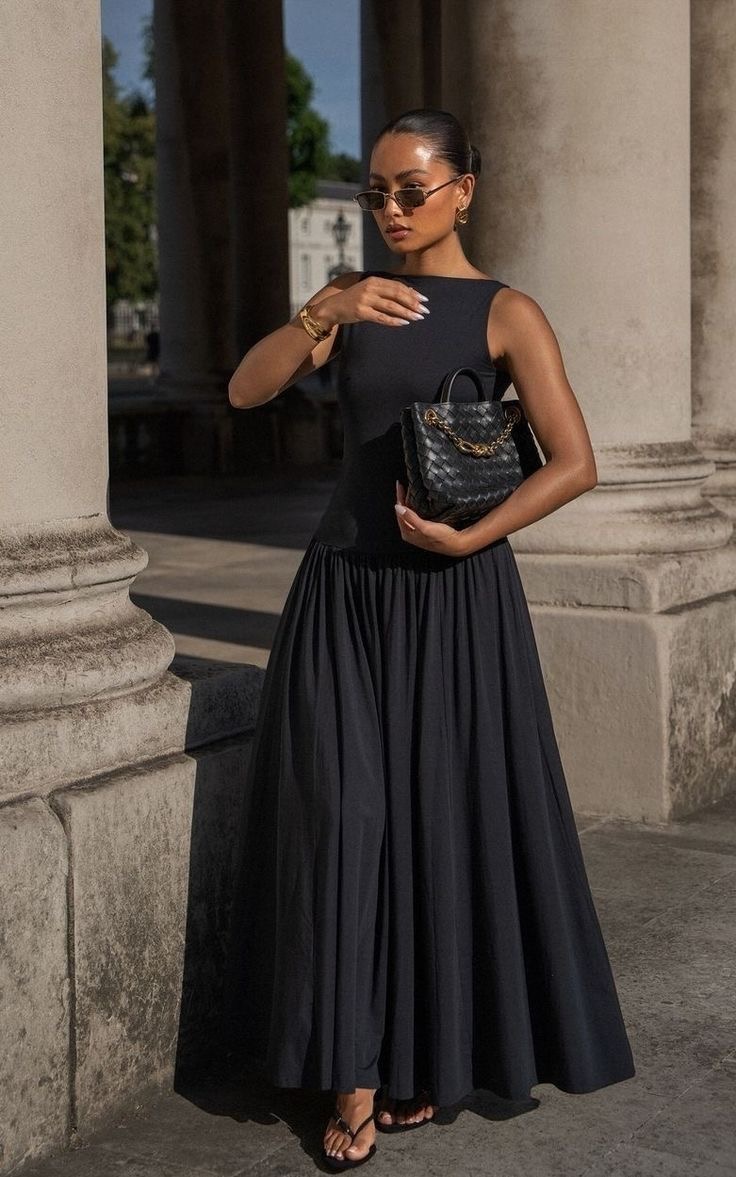
I’d love to say you do, but it would not be entirely true. From cultural norms to personal values, faith, and traditions to social pressure, the influences on modest dressing are many and multifaceted.
Societal influences
In Nigeria and across Africa, the concept of modest dressing has long been debated among men, women, leaders, and religious authorities, and is deeply rooted in traditional values and social norms. Modesty is highly valued, particularly among women. The adage “dress the way you want to be addressed” is a common saying. Women are expected to cover their bodies to demonstrate respect for themselves, their families, and society.
“Ashewo lomo yen” or simply Ashewo are tags that follow young Nigerian girls who have been in unfortunate situations where they have been harassed for their choice of dressing. In 2023, Punch reported that a group of youths in Delta State had taken fashion policing to a new level. The Secretary of the group, Stanley Bomele, said “The wearing of miniskirts, bummer shorts or tight (bikers shorts) would no longer be tolerated in the community” It was also gathered that offenders were subjected to strokes of the cane or in the alternative imposed fines on them.

Religious Influences
Religion plays a significant role in shaping attitudes towards modest dressing. Nigeria is a country with more than 250 ethnic groups, over 500 indigenous languages, and a population of over 234 million people, divided along religion with Christianity and Islam constituting over 90%. These two religions remain potent institutions that shape opinions on issues in the country, and their stance on modest dressing is clear.
In Islam, for example, modesty is a fundamental aspect of faith, with women encouraged to cover their bodies to maintain humility and dignity. Quran 24:31 says, “And say to the believing women that they should lower their gaze and guard their modesty; that they should not display their beauty and ornaments except what (must ordinarily) appear thereof; that they should draw their veils over their bosoms and not display their beauty…”
Christianity also emphasises modesty, citing biblical teachings on humility and self-control. The biblical instruction to “dress modestly” is found in 1 Timothy 2:9: “I also want the women to dress modestly, with decency and propriety, adorning themselves, not with elaborate hairstyles or gold or pearls or expensive clothes.”
With clear stances on the expectations of how women should dress, the question remains: “Is modest dressing a personal virtue or social construct?”
Is there space for women’s autonomy?
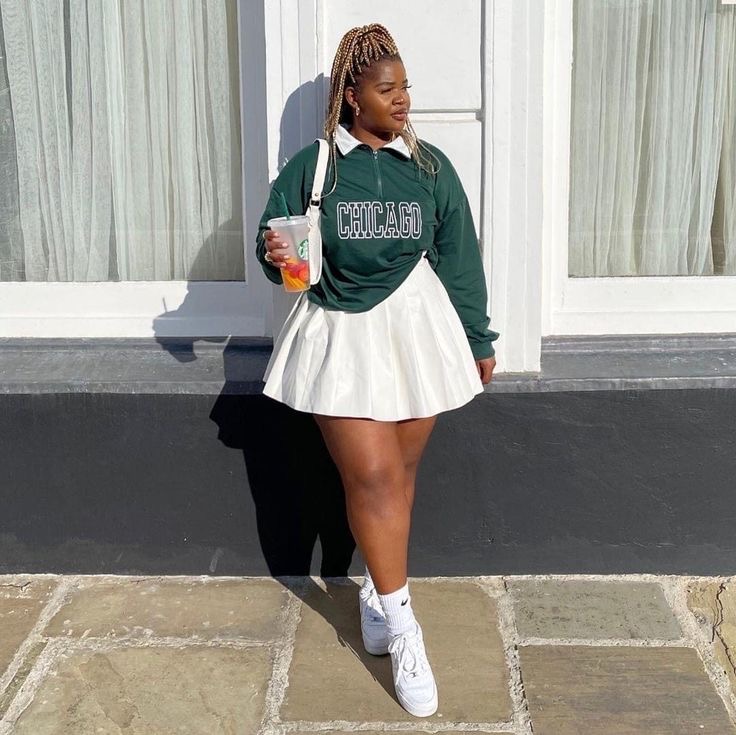
If there were no consequences, judgment or policing, how different would our choices be? I remember my mother telling me to cover my shoulders in church. “It’s modest,” she said.? Critics argue that modest dressing is a social construct designed to reinforce patriarchal norms and control women’s bodies. By dictating how women should dress, society perpetuates the notion that women’s bodies are inherently shameful or provocative. This narrative shifts the responsibility for men’s actions onto women, implying that immodest dressing invites unwanted attention or harassment.
In 2013, Cameroon’s Minister of Women’s Empowerment and the Family, Marie-Therese Abena Ondoua, piloted a campaign that young girls should stop indecent dressing to avoid sexual violence. But if harassment and gender-based violence were a result of immodest dressing, women in the Middle East would never be victims, but we all know what happens. According to the World Health Organisation (WHO), 37% of women in the eastern Mediterranean region have experienced physical and/or sexual intimate partner violence at some point in their lives.
The emphasis on modest dressing can have far-reaching consequences for women’s autonomy and self-expression. Women who choose to dress differently often face judgment, harassment, and violence. This undermines their agency and restricts their freedom to make choices about their bodies.
Challenging the status quo
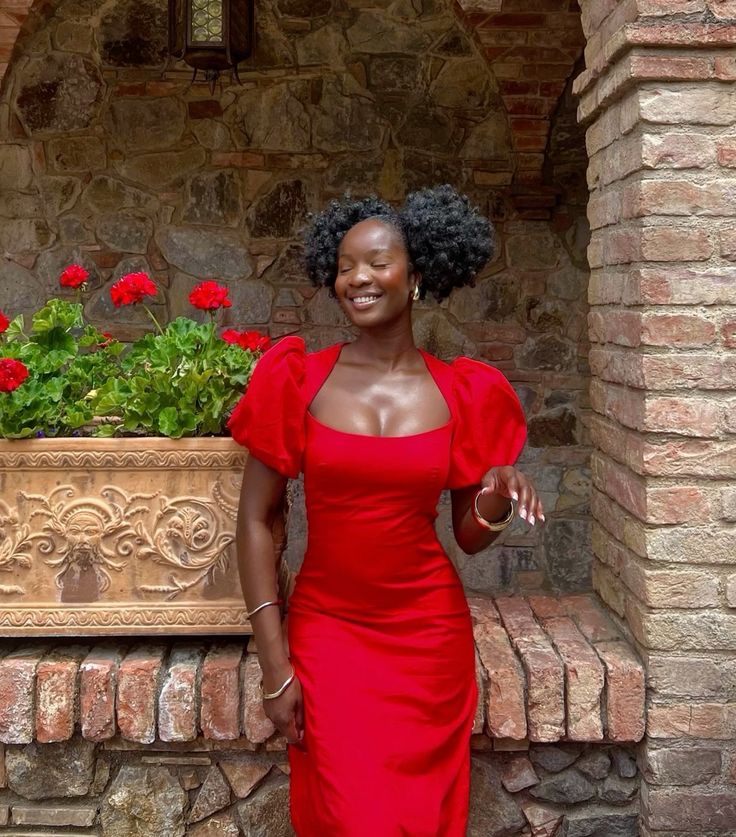
In recent years, African women have begun to challenge traditional notions of modest dressing, sparking conversations about women’s rights and bodily autonomy and outrightly rejecting its expectations. Najumi, who reports for College Feminisms says “The concept of modesty disgusts me, and I have no interest in being modest.” Her stance is that the popularisation of modest dressing is a way to oppress women and pressure them into giving into a system of patriarchy. “Who I am and whether or not I deserve respect, should have nothing to do with how I dress, how I express myself, or my gender. And nobody should be able to dictate this for me–or you.” she adds.
On the other hand, rather than reject modest dressing outrightly, some women are redefining it on their own terms. Feminista Journal believes “A woman can feel content in her skin and yet want to dress in less revealing clothing.” They believe revealing clothes reduces women to “pretty dolls” and therefore fulfills the patriarchy’s purpose of having women believe that their physical attractiveness is their single most important attribute.
As women continue to challenge traditional norms, they must recognise their right to choose how they dress and present themselves. Whether they choose to reveal or cover, women’s bodies are theirs alone to decide because modesty is subjective. Women reserve the right to make those choices, free from judgment, scrutiny, and coercion.


